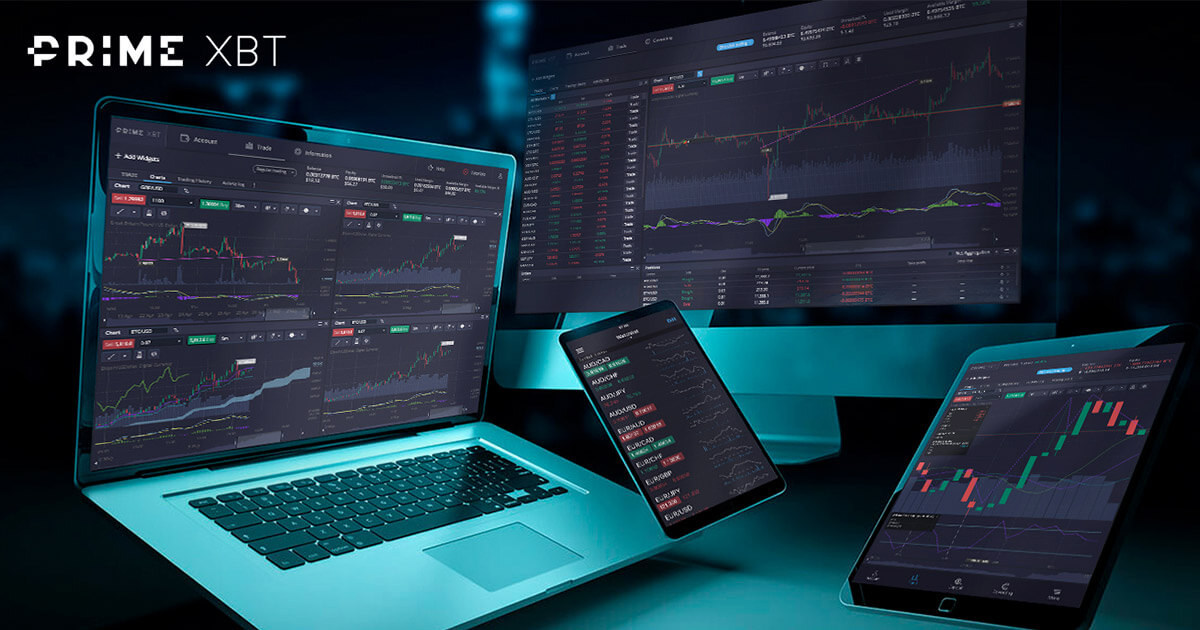Optimal Strategies for Changing a Stop Loss Order

Understanding how to manage trades effectively is essential for every trader. One crucial aspect of trade management is the stop loss order. A well-placed stop loss can protect your account from significant losses, while a poorly managed one can diminish your profits. In this article, we will explore the intricacies of changing a stop loss order, when it is necessary, and how to execute it better. Additionally, consider utilizing changing a stop loss order after it’s placed on primexbt trading bonuses PrimeXBT to enhance your trading experience and potentially expand your capacity to manage trades effectively.
What is a Stop Loss Order?
A stop loss order is a predetermined price level set by a trader that instructs the brokerage to sell a security when it reaches a certain price. This order helps prevent excessive losses and allows traders to automate their trading strategies. Stop loss orders can be crucial in volatile markets, where price swings can lead to unexpected losses. There are various types of stop loss orders, including standard stop losses, trailing stop losses, and guaranteed stop losses.
Why Change a Stop Loss Order?
Adjusting a stop loss order can be necessary for several reasons, including:
- Market Volatility: In rapidly changing markets, prices can swing violently. Adjusting your stop loss helps protect your capital from unforeseen market movements.
- Trade Performance: If a trade is performing well and exhibits strong momentum, tightening your stop loss can help protect your profits.
- Market Conditions: Changes in market conditions may require you to reassess your risk tolerance and adjust stop loss orders accordingly.
- Long-Term Positioning: For longer-term trading strategies, you may wish to adjust your stop loss based on changes to your analysis or shifting market fundamentals.

How to Change a Stop Loss Order
Changing a stop loss order can be done in several effective ways, depending on your trading strategy and the platform you use. Here’s a step-by-step guide:
- Access Your Trading Platform: Log into your trading account and navigate to the sections where your open trades are displayed.
- Select the Trade: Identify the trade for which you want to change the stop loss. This is usually listed under “open positions” or “active trades.
- Locate Stop Loss Settings: Your trading platform typically provides an option to modify your stop loss settings. Look for an “edit” or “modify” option next to the stop loss field.
- Adjust the Price Level: Enter your new stop loss price level according to your analysis. Ensure that it aligns with your risk management guidelines.
- Save Changes: Confirm the changes to ensure the new stop loss order is active. Most platforms will provide a confirmation message or notification.
Best Practices for Changing Stop Loss Orders
While changing a stop loss order seems straightforward, following best practices can enhance its effectiveness:
- Use Trailing Stops: If your broker allows, consider using a trailing stop loss. It automatically adjusts your stop loss as the price moves in your favor, locking in profits without needing constant monitoring.
- Avoid Emotional Decisions: Changing a stop loss order in response to emotional reactions can lead to poor trading results. Instead, rely on your trading plan and predefined strategies.
- Regularly Review Your Strategy: As market conditions change, so should your strategy. Regularly review your stop loss orders in the context of your current risk tolerance and market analysis.
- Be Wary of Tight Stops: While tightening your stop loss can protect profits, placing it too close to the current market price can lead to premature exits due to market noise.
Conclusion
Changing a stop loss order is a critical skill for traders, impacting both risk management and potential profitability. Understanding when and how to adjust your stop loss can lead to smarter trading decisions. Always remember to back your decisions with solid analysis and maintain a disciplined approach to trading. Whether you are an experienced trader or just starting out, mastering stop loss management can significantly enhance your trading outcomes.
